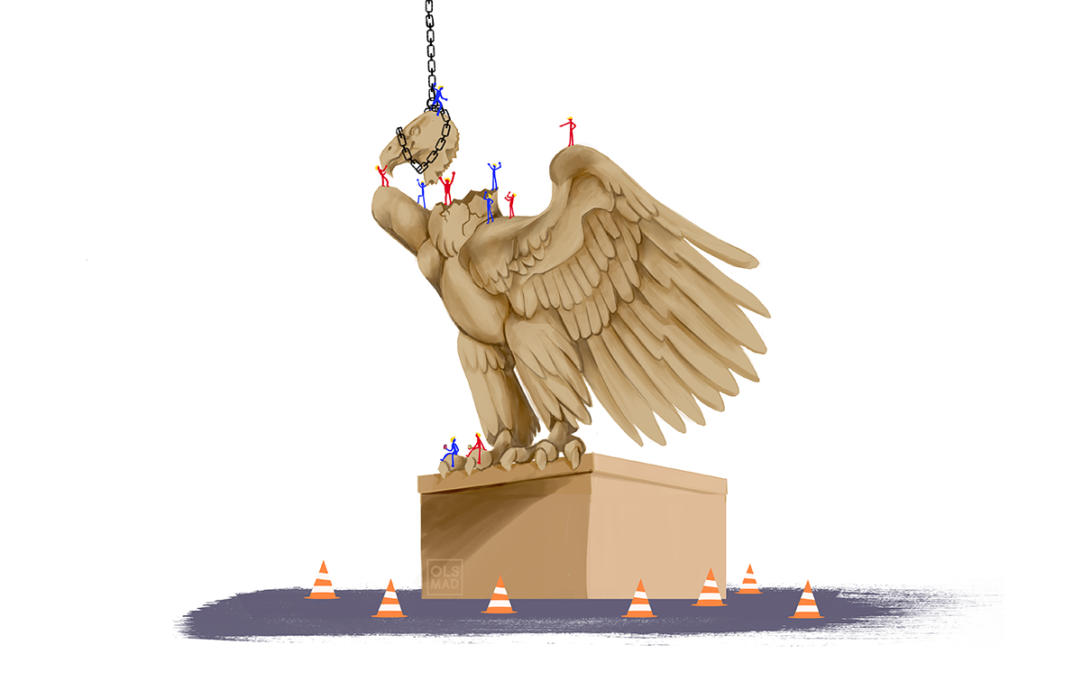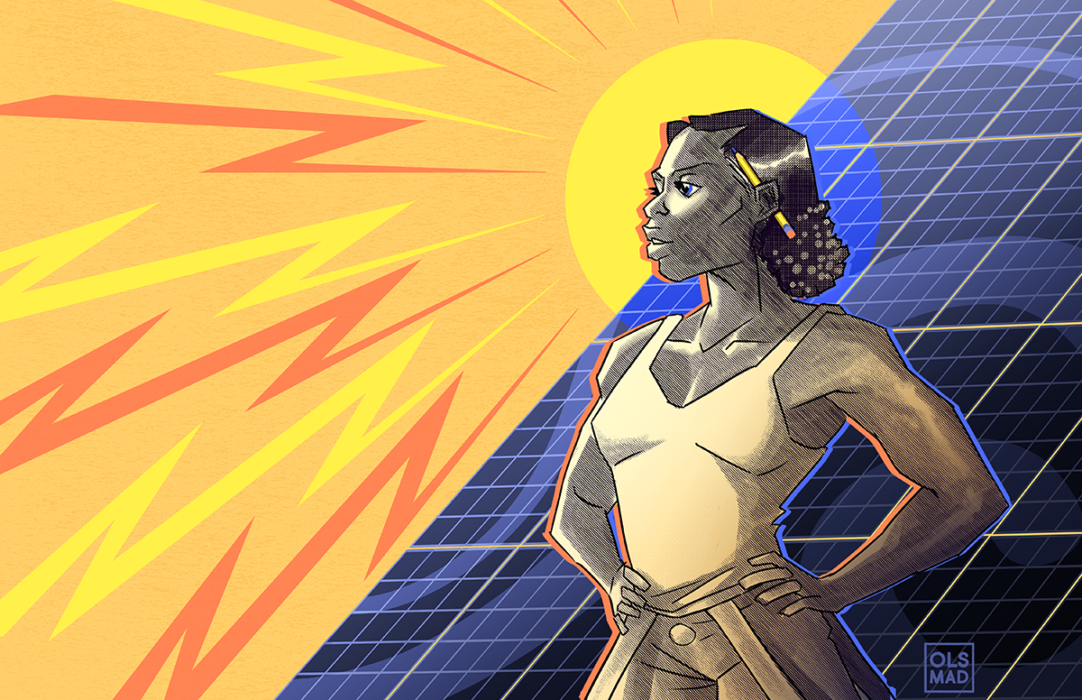
In their inauguration speeches yesterday and during the preceding campaign, President Joe Biden and Vice President Kamala Harris have focused on four crises: racial injustice, the COVID-19 pandemic, climate change, and an economy in tatters.
The Biden administration has already released plans for a $1.9 trillion coronavirus aid package and signed a slew of executive orders that will address climate change, the pandemic, and immigration. Even more action is expected on those fronts. The challenge ahead has many looking back to the New Deal policies implemented by Franklin Roosevelt in the 1930s. Roosevelt’s public works, conservation, and financial regulation programs helped rescue the country from the Great Depression.
This story first appeared in the Bitterroot Newsletter. Sign up below to receive Jake’s latest writing in your inbox.
Last summer, I wrote a package of stories about the COVID-19 recovery called “The Next New Deal.” I’m sharing the series again because the challenges present during the summer remain. The virus is still running rampant, and it appears that we’re headed toward permanent economic damage unless the federal government acts aggressively. The stories below detail why action is needed, and how Congress and the Biden administration can simultaneously address climate change, racial inequality, economic security, and COVID-19.

The Marriner Doctrine: How a Utah Banker Tackled the Great Depression
The policies Utahn Marriner Eccles championed during the 1930s could help us avoid another depression caused by the COVID-19 pandemic.

Workers Were Struggling Before the Pandemic. Is it Time for a Jobs Guarantee?
Low-wage workers — even those deemed “essential” — have suffered disproportionately during the pandemic. A new system is needed to support all workers in an economy driven by finance.

The Coronavirus Recovery Needs a Green New Deal
Recovery programs that prioritize the environment would have three key benefits: mitigating climate change, improving environmental and income equity, and creating a boatload of new jobs.
Worth a Read
Top stories from around the West
Kamala Harris stands to be the most consequential vice president since Dick Cheney. The Times’ Noah Bierman lays out how big an impact she could have.
•••
Here’s more great reporting from the Arizona Republic about the state GOP’s role in the January 6 insurrection and the now-infamous costumed rioter. And over at NPR, Kirk Siegler details how past uprisings in the West are connected with the attack on the Capitol.
•••
A common narrative is that the pandemic caused students to lose a year of meaningful education. But Joy Resmovits of The Seattle Times writes about a local school district that has embraced “acceleration,” an always-move-forward mindset in education.
•••
Housing and shelter for homeless folks need not be prohibitively expensive. As Doug Smith writes in the Los Angeles Times, a combo of ingenuity and political will kickstarted a housing project that was built faster and cheaper than usual in LA.
•••
The National Bison Range was carved out of the Confederated Salish and Kootenai Tribes’ reservation in 1908. More than 100 years later, that land is finally going back to the tribes. The Missoulian’s Rob Chaney has the story.
•••
David Bernhardt left a lasting imprint on the Interior Department during his two years leading it. His final act? Granting a grazing lease to the Hammond family, arsonists who inspired the Malheur Wildlife Refuge takeover, Maxine Bernstein writes in The Oregonian.
•••
Wyoming Representative Liz Cheney was the highest-ranking Republican to vote to impeach Donald Trump. Now, her political future is cloudy in a state that overwhelmingly supports Trump, Nick Reynolds of The Casper Star-Tribune reports.
•••
This series on police violence in the Intermountain West is worth your time. Mountain West News Network reporters explain why the rate of police killings is highest out here, the role guns play in that violence, and how some communities are keeping residents and officers safer.
Like Bitterroot? Spread the word.
Your Land
An ode the public lands we share

Share with a friend | Watch a cat video | View previous newsletters
